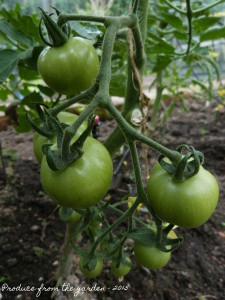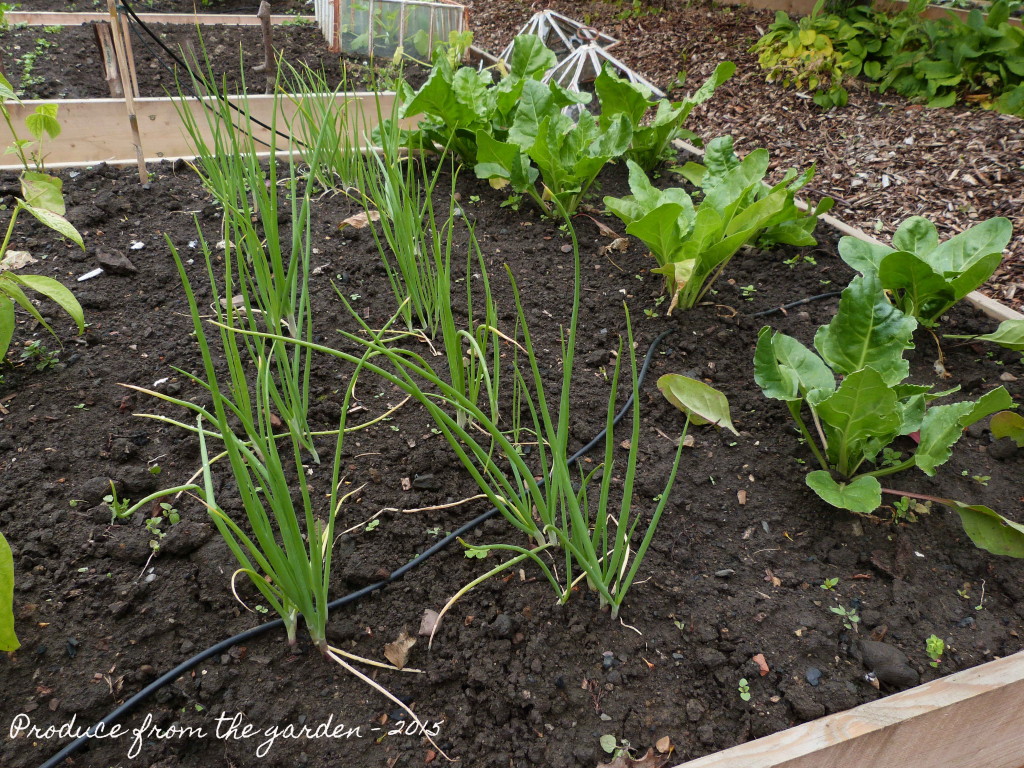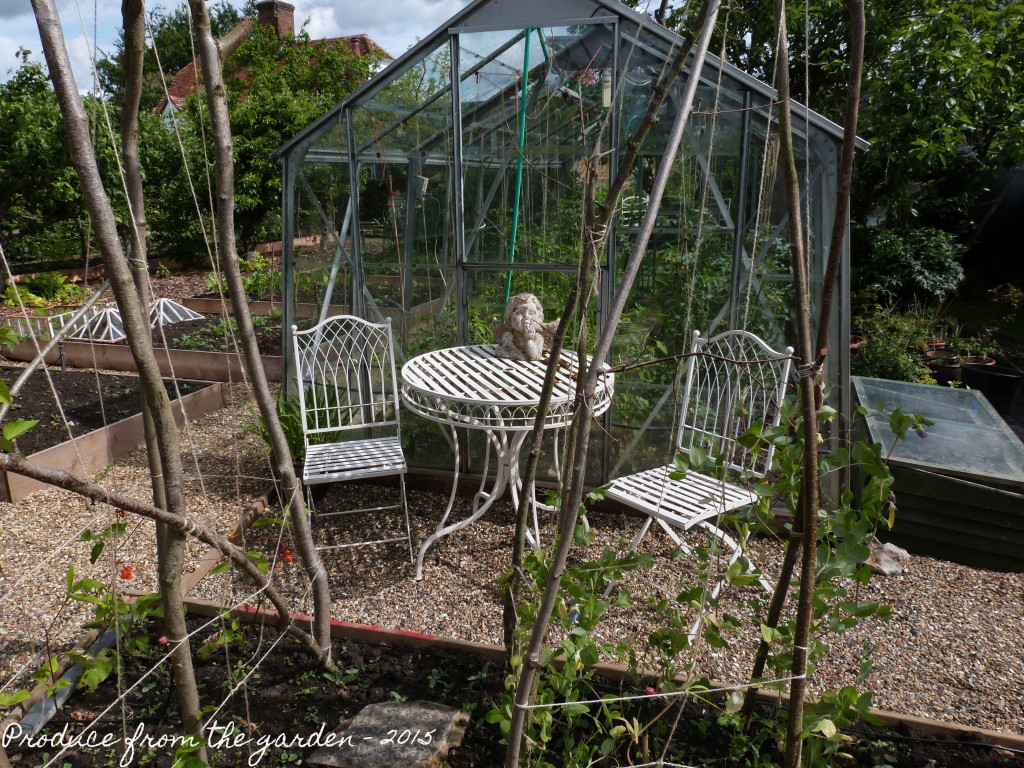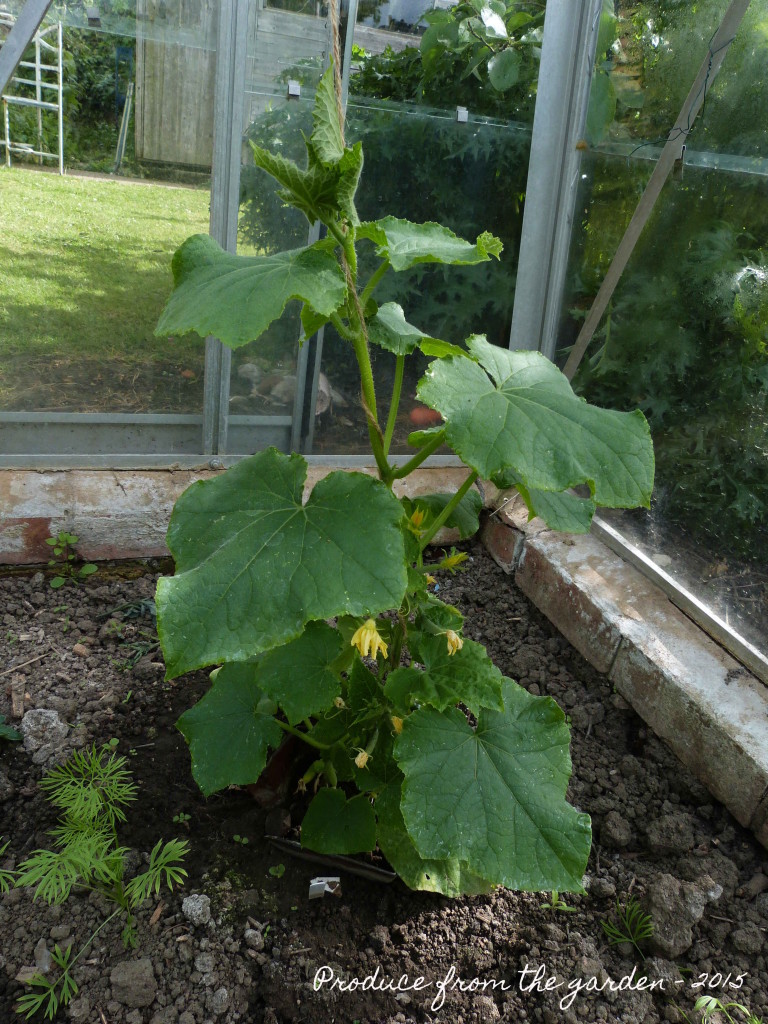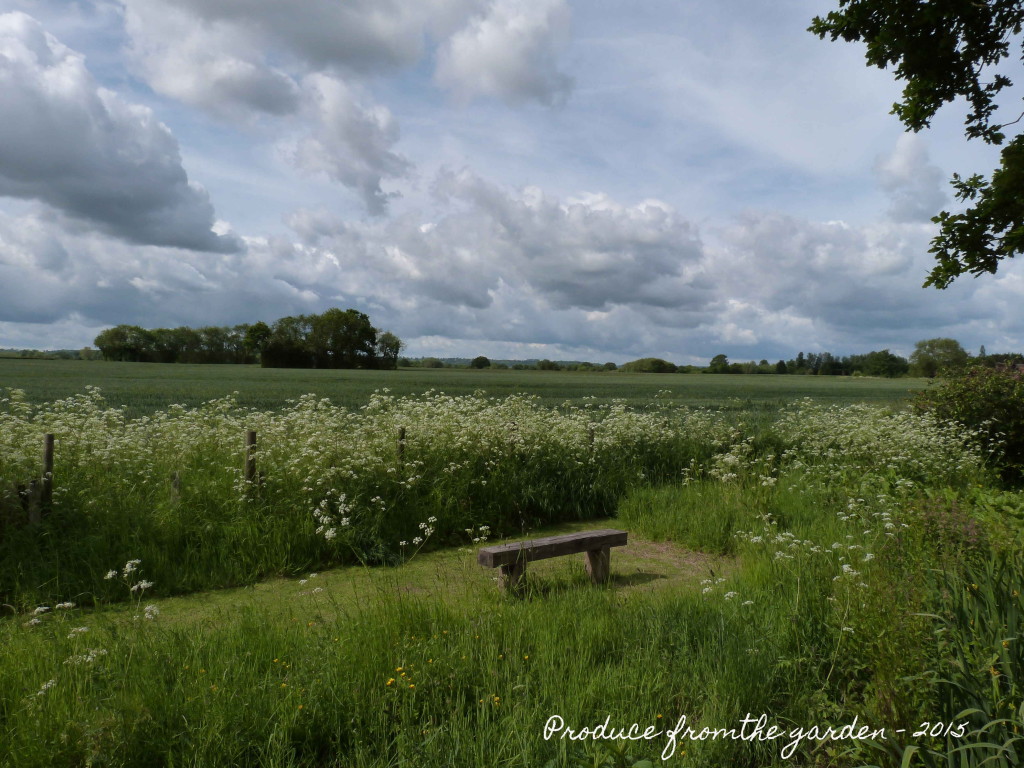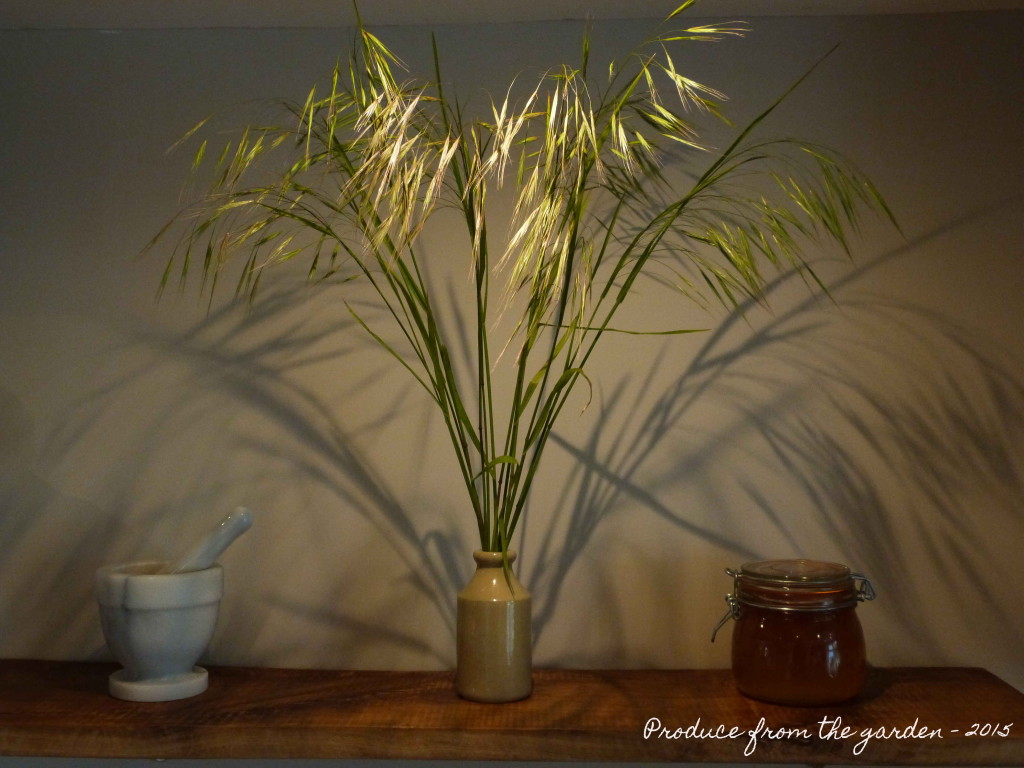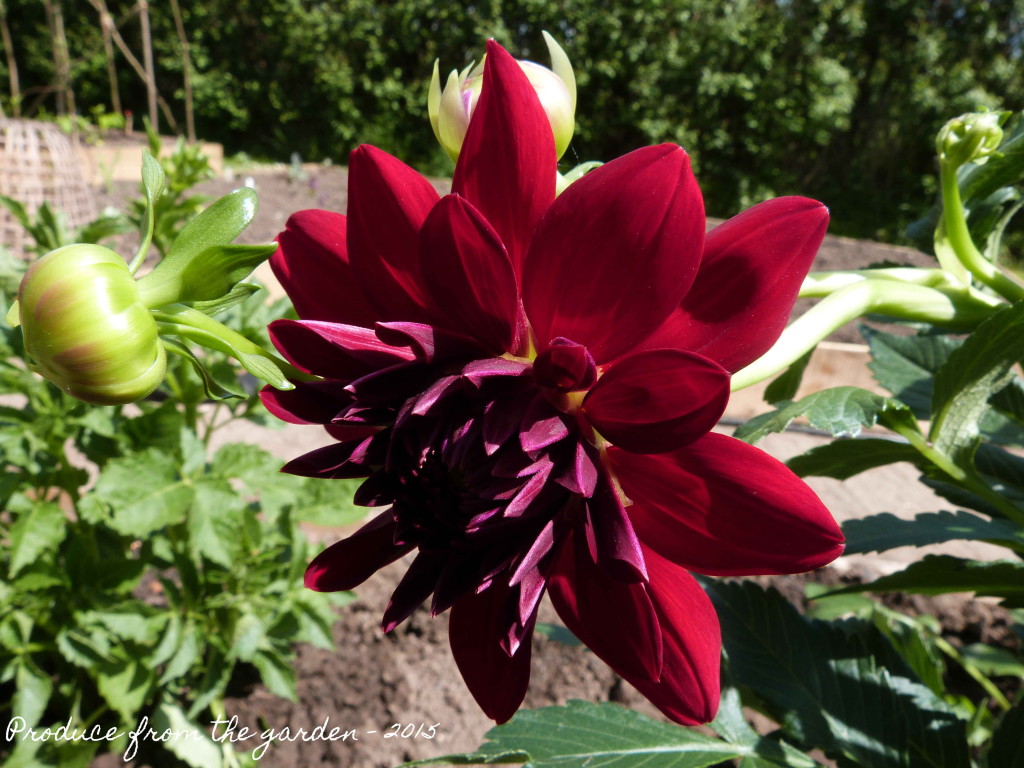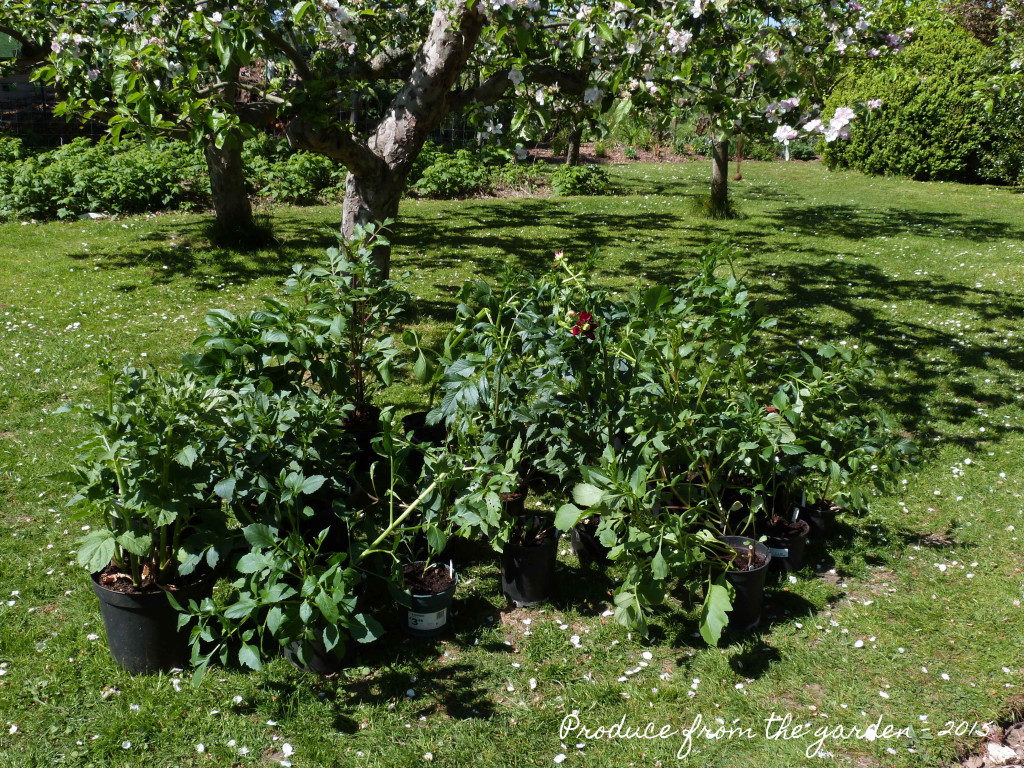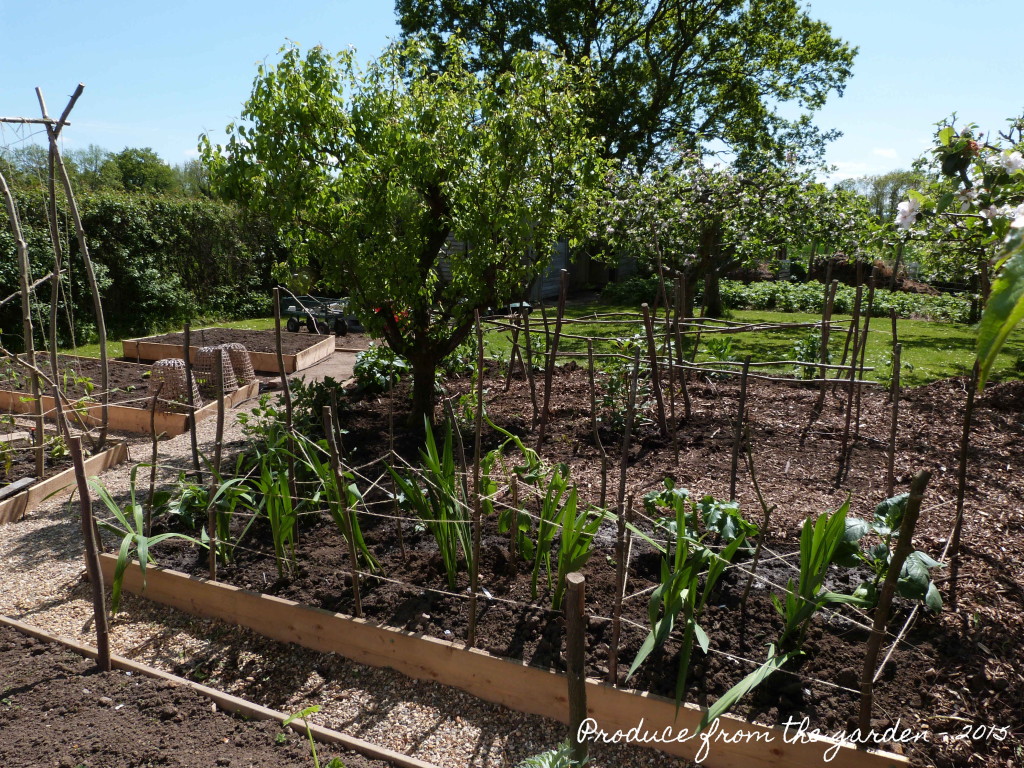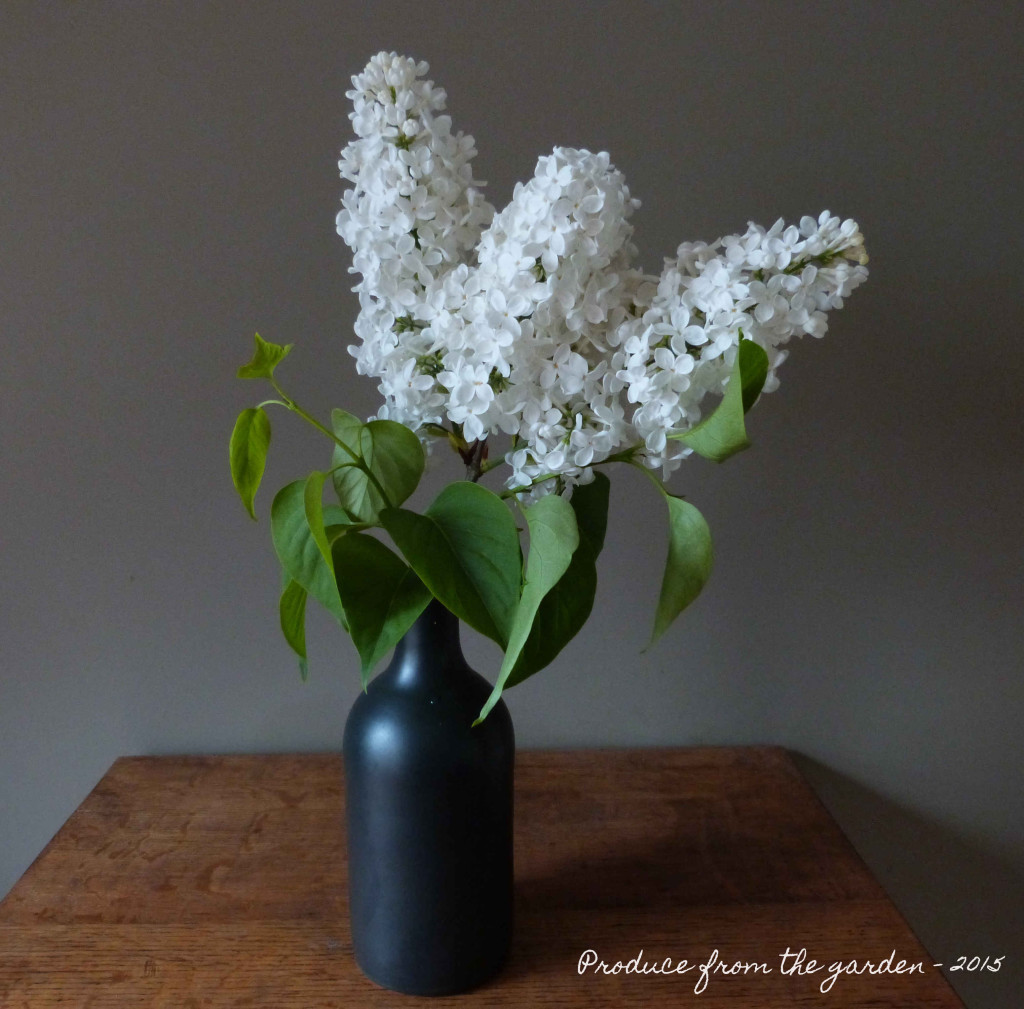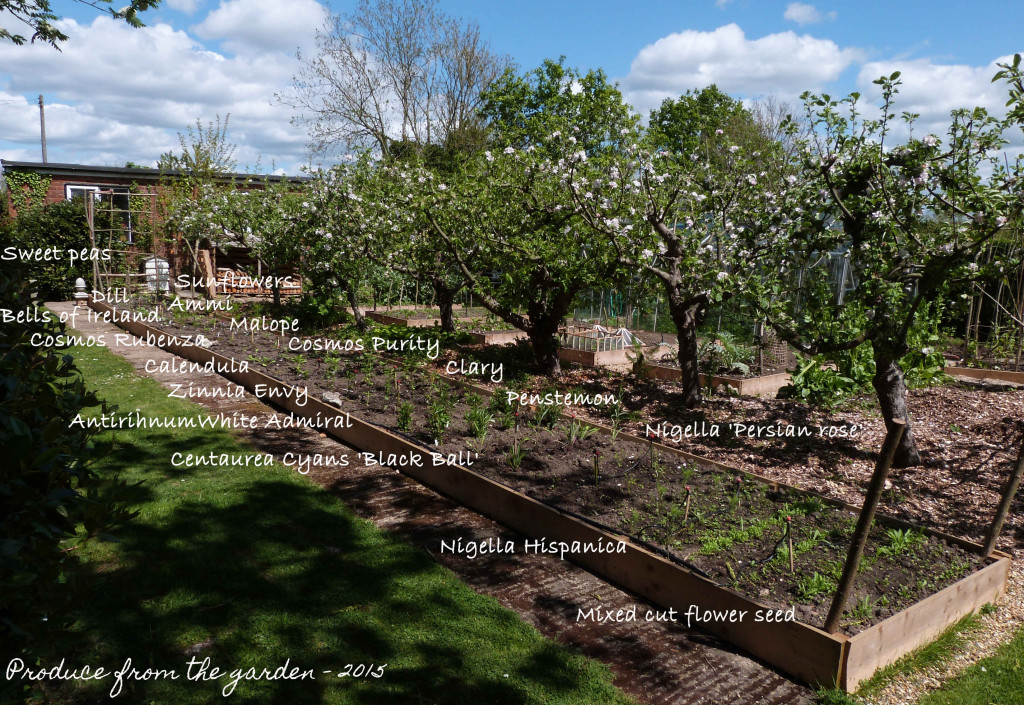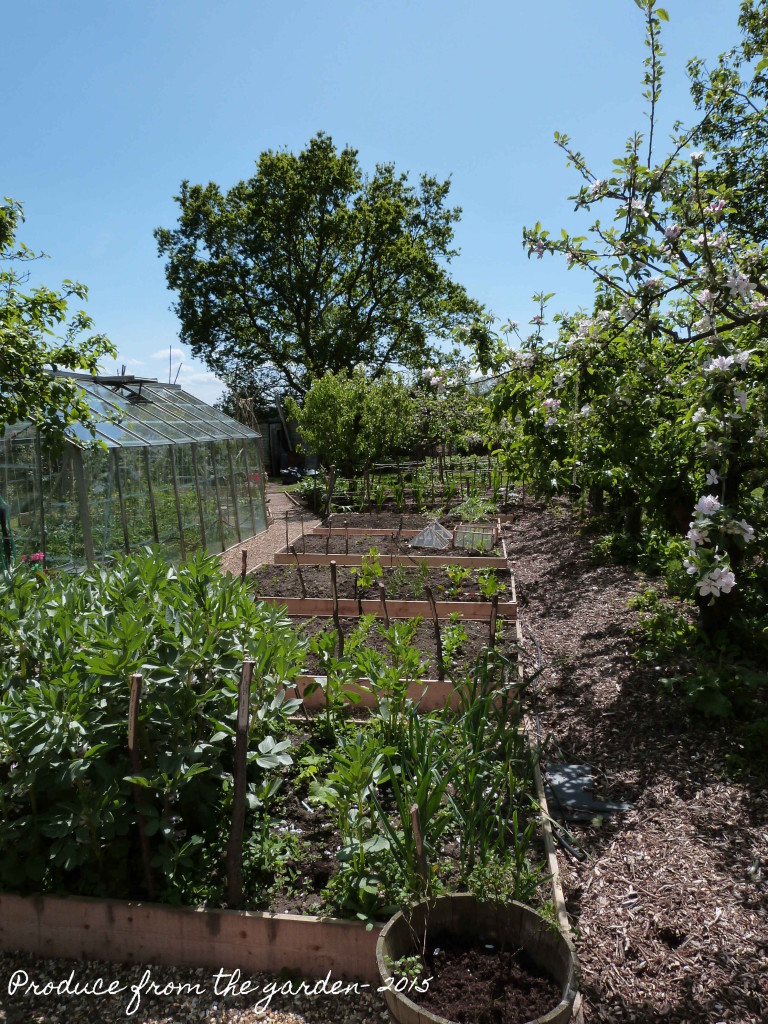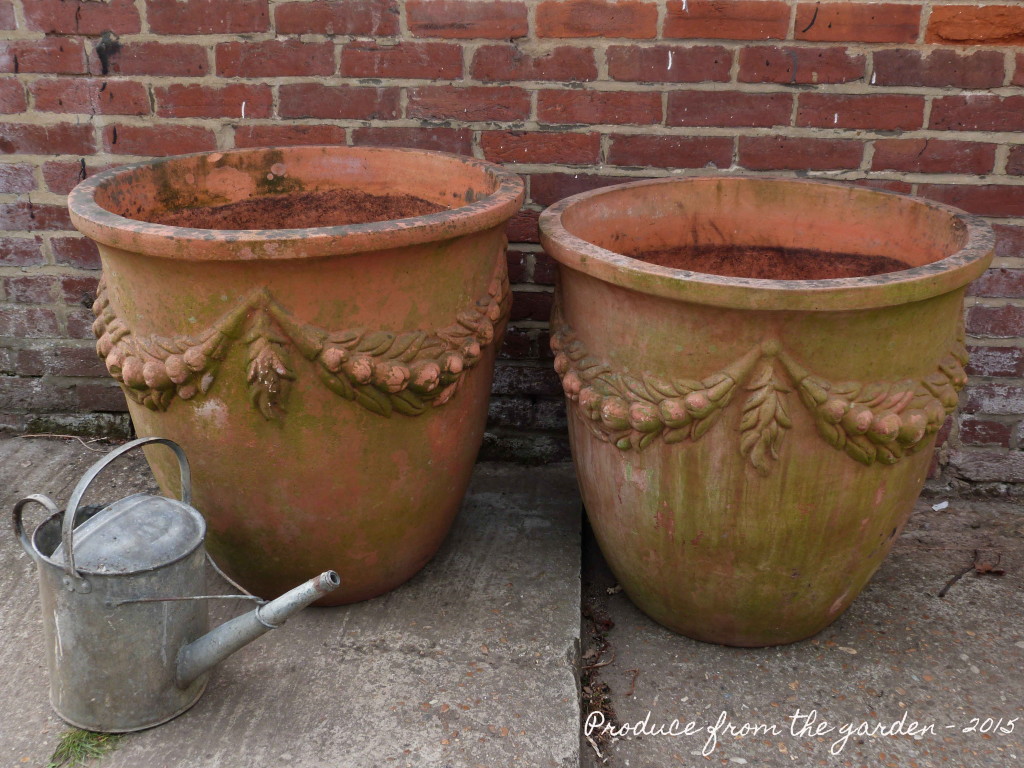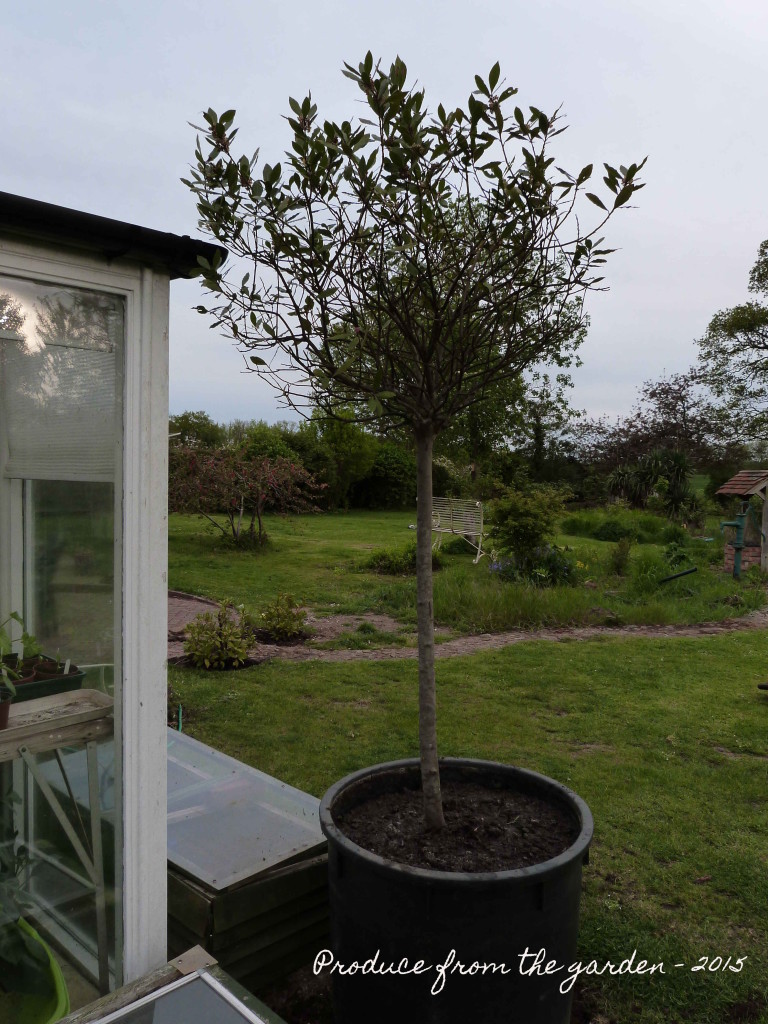If you’re a well organised gardener you will have netted your cutting garden soon after planting out your annuals. If you’re like me, juggling many balls in the air at once, it will of been on your important to do list buried under a pile of paper on your desk and then put to the back of your mind.
Netting plants for cut flowers is essential to encourage the flower stems to grow straight and long, perfect specimens for cutting. It also protects the plants from wind damage. I use the wide green plastic pea netting often used for beans and peas to climb up. It’s run across the border supported by my home grown hazel stakes. I adjust the level of the netting depending upon the height of the plant. I was organised enough to have this in mind when planting out, so planted the tallest plants at one end of the border and worked down to the shortest at the opposite end. Now I must confess that plastic green netting is not really my style, and you might be put off using it, it’s not initially a great look. But, I promise in a month when the cutting border is in full production the netting will be completely hidden by the plants that have grown through it.
Early yesterday morning when checking the local BBC weather forecast I noticed a weather warning for unusually high winds that afternoon, night and following day. This warning did not register with me until this morning when the wind was blasting up the garden with force, ripping leaves from trees and flattening my annual plants. At this point I remembered the need to net the cutting border. After hammering in the hazel stakes at speed, I started to unravel the pea netting I’d bought a few weeks ago. Well, this resulted in what could have been a ridiculous sketch in a comedy show. The netting tangled together whilst being blown from me weaving itself into complex knot that rivalled my children’s attempts at knitting. As I stood there trying to unravel the mess, being battered by the wind rushing with force off the fields, I managed with bad temper and ill humour to secure a few centimetres at a time. Some hours later the task was complete and well worth it as it stabled my cosmos, dill and antirrhinum all of which had suffered snapped limbs. I will try and prioritise this important task next year!
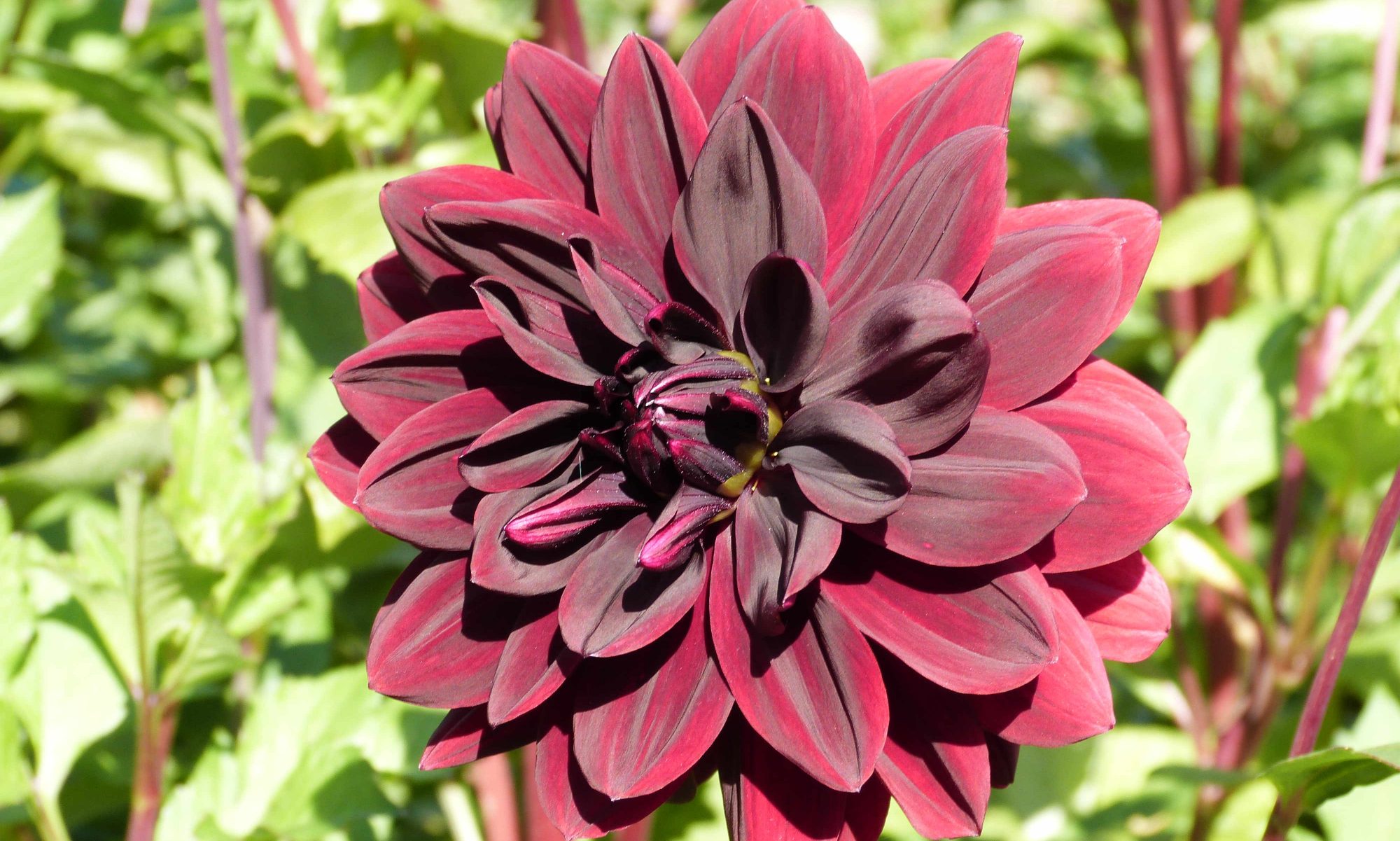

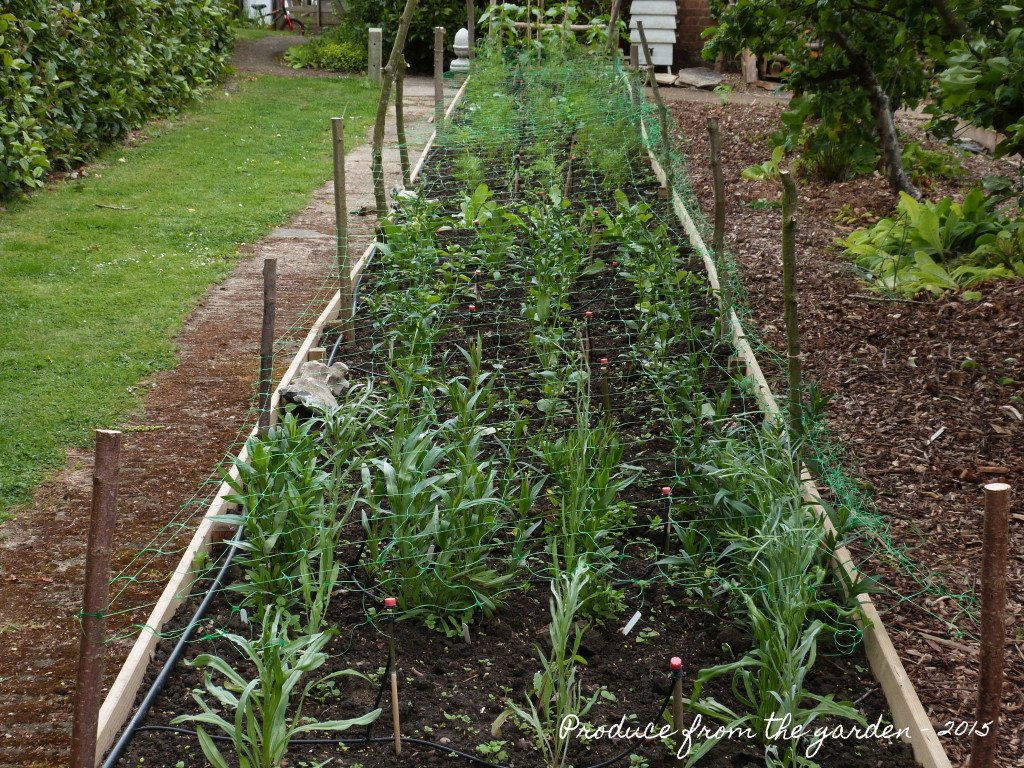
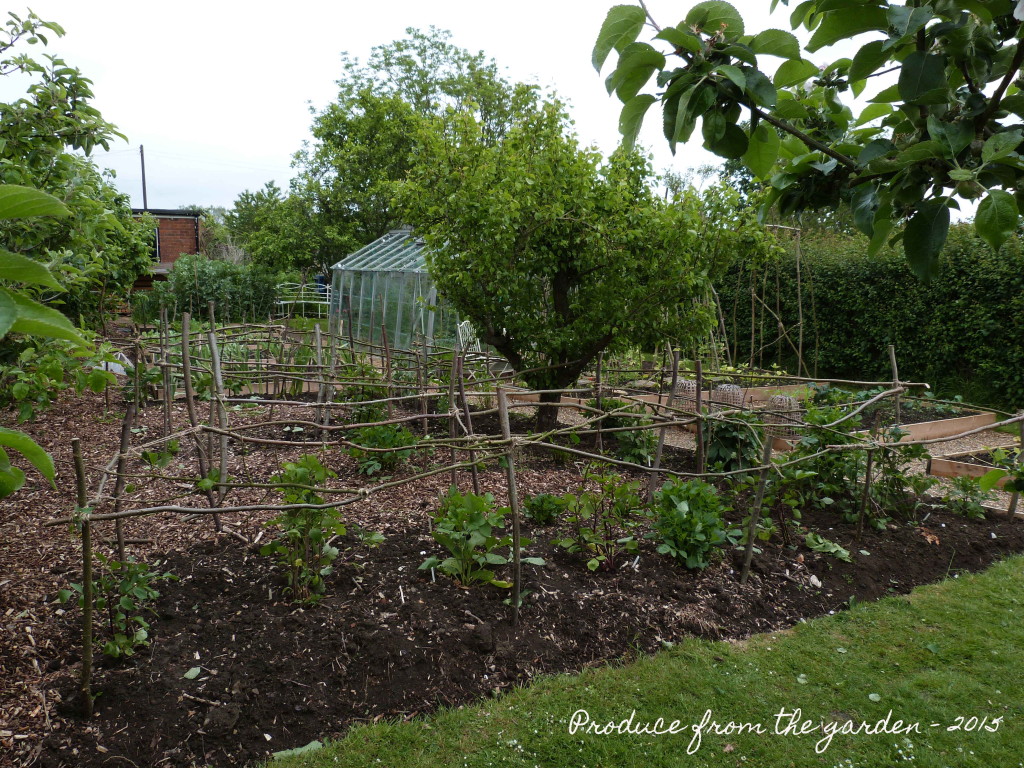
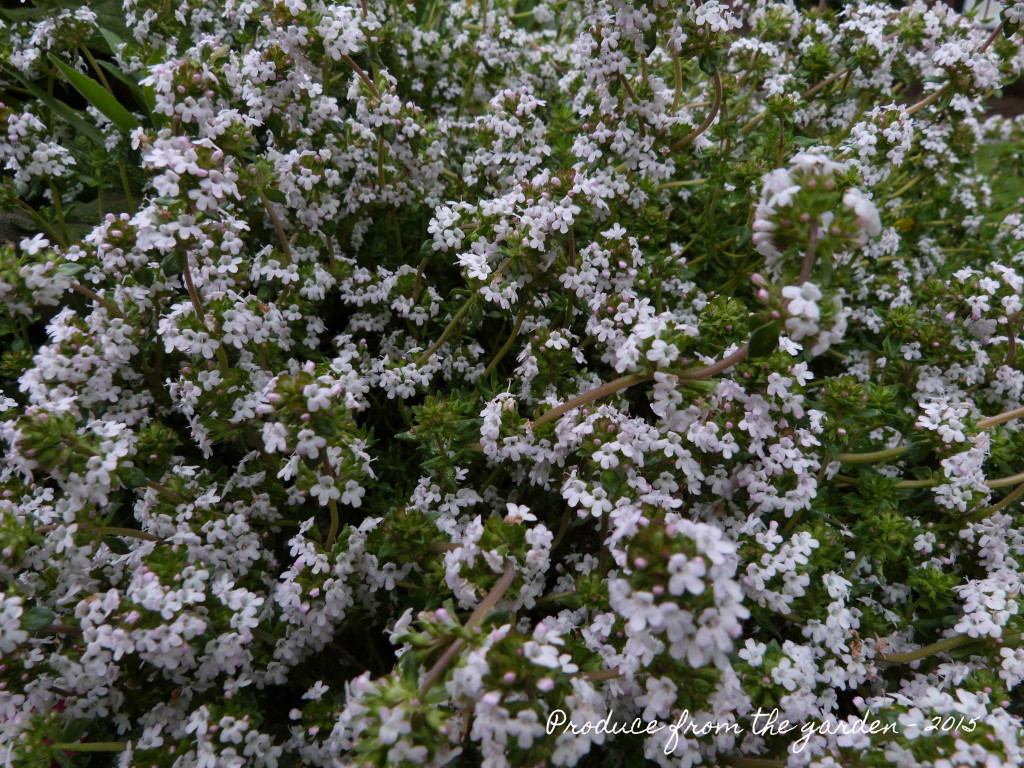
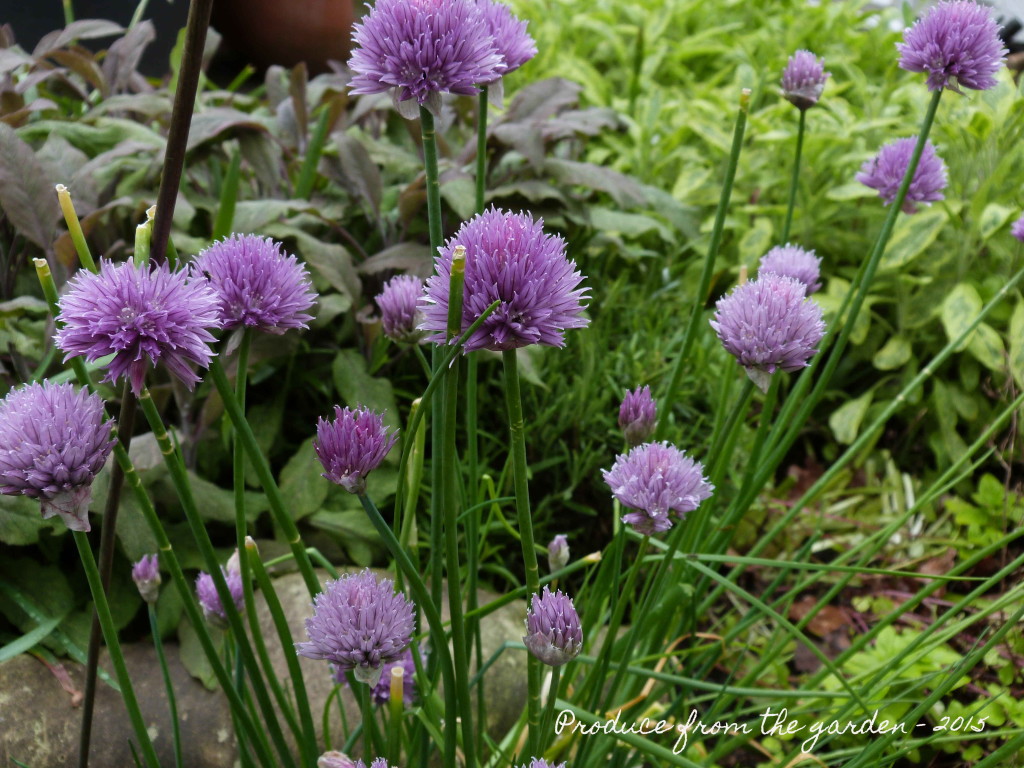
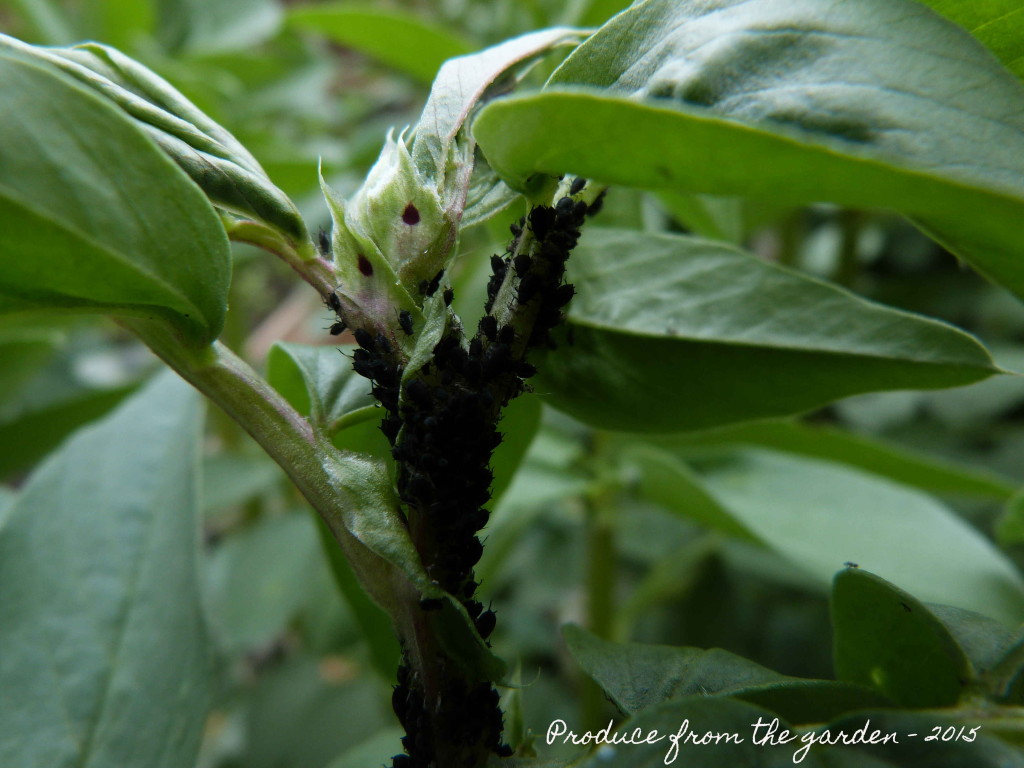
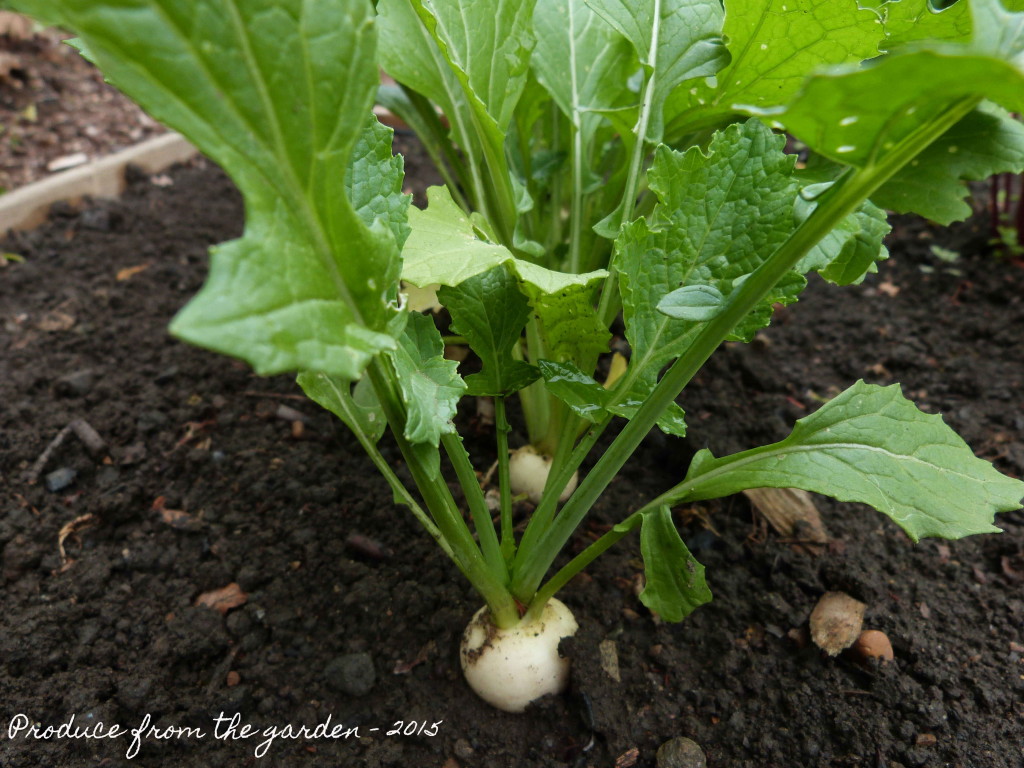
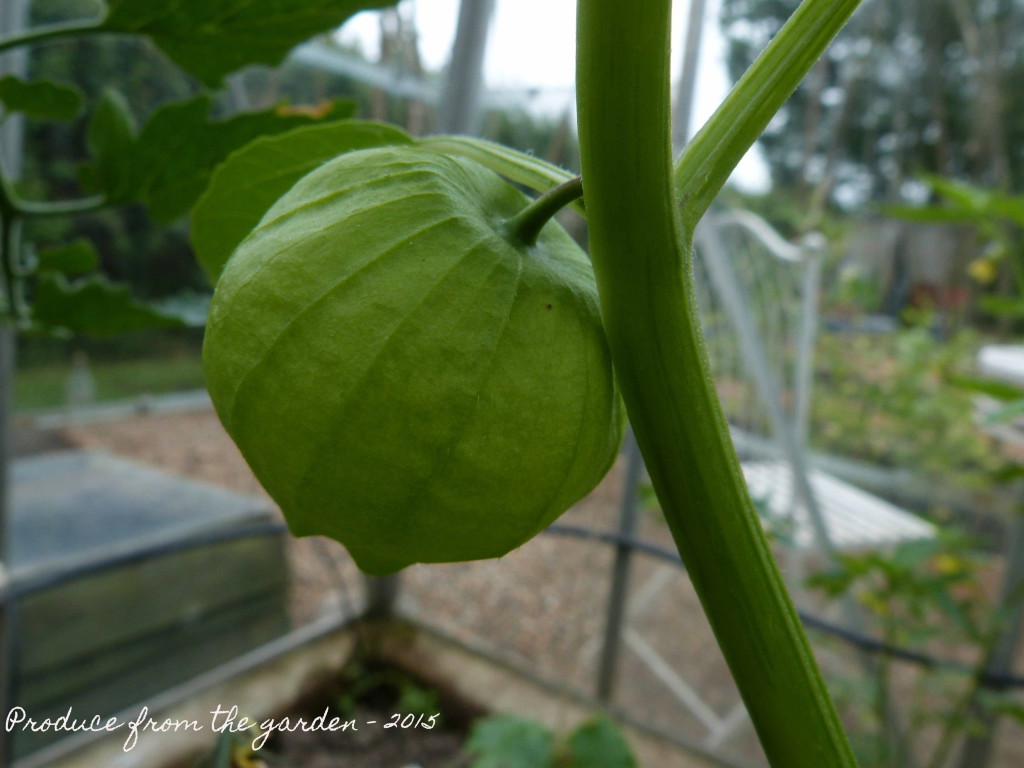
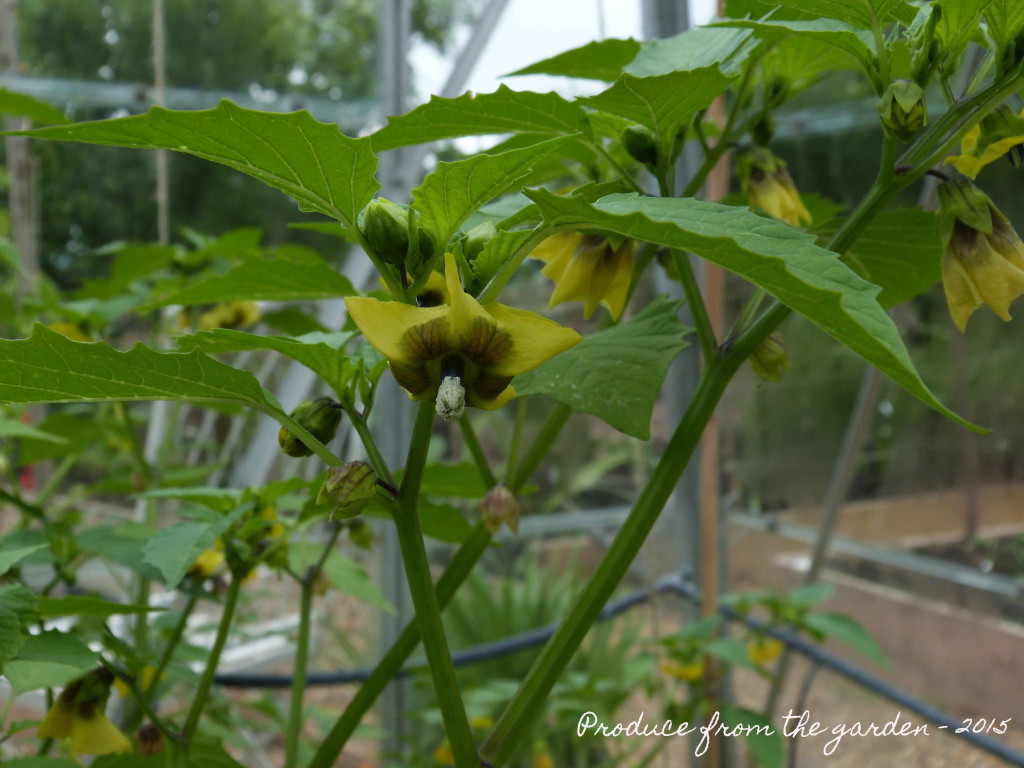 Tomatillo flowers
Tomatillo flowers